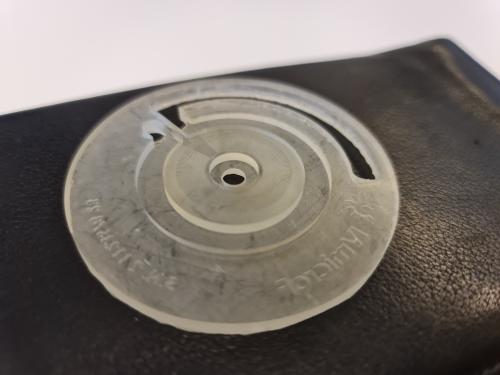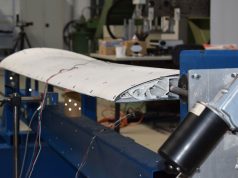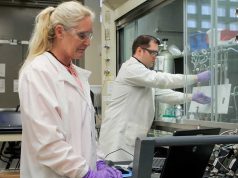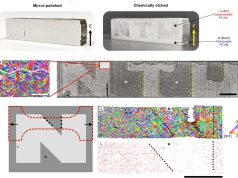Researchers at the University of Technology Sydney and NeoGenix Biosciences have developed a new microfluidic sperm selection device that aims to increase the success of in vitro fertilization (IVF) for male infertility by more reliably selecting high-quality sperm.
According to the World Health Organization, infertility affects about one*of every six people worldwide. In Australia, one in 22 children is born through artificial insemination. With each IVF cycle having a 78% failure rate, the process can be emotionally stressful.
“Male infertility plays a role in around 30% of cases, due to problems such as low sperm count, reduced motility or movement or poor sperm quality,” says Professor Majid Warkiani from the School of Biomedical Engineering at the University of Technology Sydney (UTS).
“While much work has been done around selecting eggs and embryos to boost the success rates of IVF, sperm selection, an essential component in assisted reproduction, is by far the most neglected step in regard to technological innovation,” he says.
UTS researchers and NeoGenix Biosciences, a UTS-founded startup, have now developed and tested a microfluidic sperm selection device that offers a more reliable method for selecting high-quality sperm.
Traditional methods such as density gradient centrifugation and swim-up can lead to DNA fragmentation and cell death, causing unsuccessful IVF cycles.
“This new technology is a 3D printed, biologically inspired microfluidic sperm selection device, which replicates the female reproductive tract and the natural sperm selection process, where only a small percentage of total sperm reach the egg,” Professor Warkiani said.
“We conducted extensive testing against conventional IVF selection methods, with the new method showing an 85% improvement in DNA integrity and an average 90% reduction in sperm cell death. The sperm selected by our method also demonstrated better recovery after freezing than traditional methods,” he said.
The researchers are working with Monash University and Australian IVF clinics to bring the technology into clinical practice. They hope the device will help people struggling with infertility and reduce the number of unsuccessful IVF cycles.
Find out more about University of Technology Sydney at uts.edu.au.
For more information about NeoGenix, please visit neogenixbiosciences.com.
Subscribe to our Newsletter
3DPResso is a weekly newsletter that links to the most exciting global stories from the 3D printing and additive manufacturing industry.




























